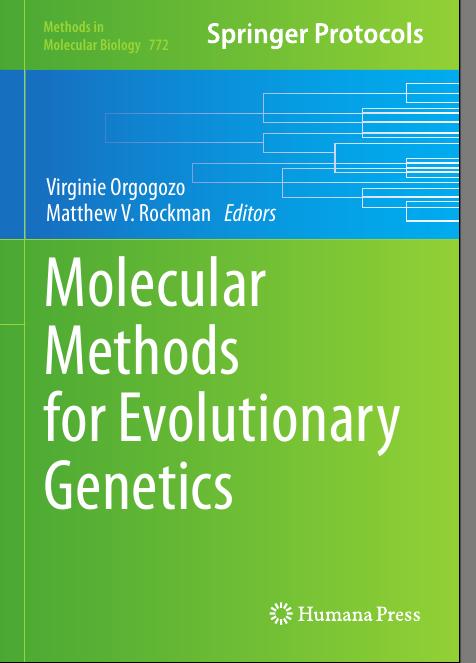
We are entering a particularly fruitful period in evolutionary genetics, as rapid technological progress transforms the investigation of genetic variation within and between species. Molecular Methods for Evolutionary Genetics is a collection of advanced molecular biology protocols and general overviews intended to represent the essential methods currently bringing evolutionary genetics to fruition. Divided into six thematic sections, this volume covers methods for characterizing genomes, diverse approaches to enrich DNA for subsets of the genome prior to sequencing, and state-of-the art protocols for sampling genetic variation for genetic mapping studies and population genetic studies (RAD sequencing, Sequenom, microarrays, etc.). The volume concludes by focusing on methods to study candidate genes, from obtaining their sequences and analyzing their transcripts to experimentally manipulating their activities in vivo. Written in the highly successful Methods in Molecular Biology series format, chapters contain introductions to their respective topics, lists of the necessary materials and reagents, step-by-step, readily reproducible laboratory protocols, and notes on troubleshooting and avoiding known pitfalls.
Authoritative and accessible, Molecular Methods for Evolutionary Genetics serves as a rich resource to biologists interested in evolution, whether they be specialists or beginners in molecular biology.